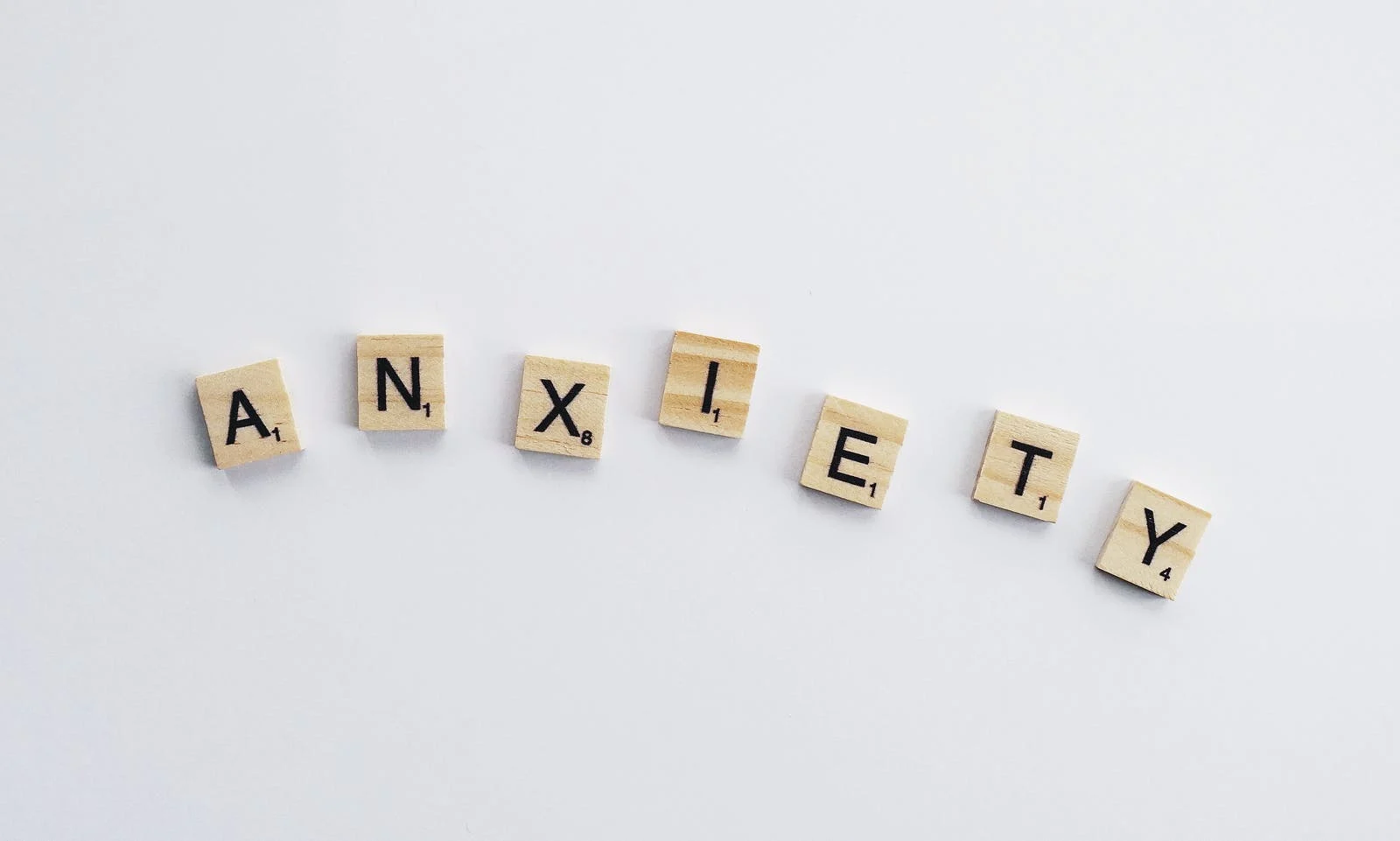What are the 7 kinds of anxiety?
Anxiety can be an irrational and unpleasant experience. Anxiety is a highly complex disorder and many people experience different types of anxiety. We have compiled the 7 most common kinds of anxiety in this article for you to better understand them!
1. Generalized anxiety disorder
Generalized anxiety disorder (GAD) is a mental health condition that causes excessive and uncontrollable worry about a variety of topics. The main symptoms of GAD include frequent restlessness, tension, fatigue, difficulty concentrating and staying focused, irritability, muscle tension, and sleep disturbances.
People with GAD tend to always expect the worst case scenario in any situation. They may also experience physical symptoms like headaches, diarrhea or stomach pain, trembling or twitching muscles – especially in their face or hands – sweating, rapid heartbeat and breathing rate, dizziness or lightheadedness when standing up quickly from sitting down for long periods of time.
In some cases these physical symptoms can get worse as they're not getting enough sleep at night due to the constant worrying throughout the day which could lead them into depression if things don't improve soon enough which is why it's important for anyone who suspects they might have GAD to seek help immediately before things get worse than they already are right now!
2. Panic disorder
Panic disorder is a condition characterized by recurrent unexpected panic attacks. These panic attacks are much more intense than the typical anxiety response and may be accompanied by physical symptoms, such as shaking, sweating, and chest pain.
Panic disorder is a serious mental illness that can interfere with daily functioning and cause significant distress. If you have panic disorder, you may feel like you're losing control of your life. You may feel like you're unable to do things that other people take for granted, such as going to work or shopping at the grocery store.
People with panic disorder often worry about having future attacks and worry about how they will cope if they have another attack. They also worry about their health or the health of someone else who was involved in the attack. Worrying can make it less likely that you'll be able to get back to your normal routine after an attack if one occurs again in the near future.
3. Low-level Anxiety
Low-level anxiety is a different level of anxiety. It can be caused by a variety of factors, but what it means is that you're feeling anxious about something, but it's not really impacting your life in any major way.
Your heart might beat just a little faster than normal, but that's the extent of it. You might feel a little bit nervous about something, but nothing more than that.
You may notice that your body tenses up when you're around certain people or places (like a party), but only for a moment. You can handle it without much trouble—and afterward, you don't really think about it anymore.
This type of anxiety is often referred to as “first-world” anxiety because it feels like something that should be taken care of right away by someone else—like someone who has their own first-world problems would take care of it for you! The truth is that these kinds of things are just part of life—we all have things that make us uncomfortable or uneasy sometimes—but they aren't necessarily the end of the world either.
4. Obsessive-compulsive disorder (OCD)
Obsessive-compulsive disorder (OCD) is a psychiatric disorder that presents with two primary symptoms: obsessions and compulsions. Obsessions are recurrent and persistent thoughts, urges, or mental images that are experienced as intrusive and inappropriate, causing marked anxiety or distress. Compulsions are repetitive behaviors or mental acts that an individual feels driven to perform to reduce the distress caused by obsessive thoughts.
These behaviors or mental acts are aimed at preventing or reducing anxiety or distress, or preventing some dreaded event or situation; however, these activities are usually not logically connected to the issue they attempt to address.
People who suffer from OCD can experience many other problems in addition to their obsessions and compulsions. Often they will have rigid rules about things like organizing items in a certain way, performing certain actions a specific number of times each day (e.g., saying a word repeatedly), being excessively clean/organized, hoarding objects excessively, etc. They may also avoid situations where they fear contact with germs (e.g., public restrooms), touch, dirt, etc.
5. Post-traumatic stress disorder (PTSD)
Post-traumatic stress disorder, or PTSD, is an anxiety disorder that can occur after someone experiences a traumatic event.
A traumatic event is one that causes intense fear, helplessness, or horror. The event could be a serious accident, natural disaster, terrorist attack, warzone experience, violent personal assault such as sexual assault or mugging—anything that would be upsetting to almost anyone who experienced it.
Experiencing a traumatic event can change your life forever. You may feel like you have no control over your life anymore. You might feel afraid all the time and worry constantly about what could happen next. You may have flashbacks of the event and startle easily when something reminds you of it.
People with PTSD don't just feel bad for a while after the event—they have symptoms that last at least a month and interfere with work or school, family relationships, their ability to get along with others, and other important areas of their life for at least 1 month after the event occurred.
6. Social Anxiety Disorder
Social anxiety disorder is an intense fear of social situations. It can be debilitating, but it is certainly treatable. The main symptom of social anxiety disorder is an intense fear of being judged by others in social situations. This fear can cause someone to avoid certain social situations altogether, or even just certain people within a given situation.
The symptoms often begin in childhood and are characterized by extreme shyness, difficulty making eye contact with other people, and avoiding any situation where they might be expected to speak in front of others.
The person experiencing social anxiety disorder will have negative thoughts about themselves or the situation they are in, and may feel embarrassed or humiliated when they think that someone could see them doing something embarrassing or humiliating themselves. They will also tend to have trouble making friends and finding romantic partners because they worry that their significant other will reject them if they don't make sure everything goes perfectly every time they're together (which is impossible).
7. Phobias
Phobia is an overwhelming, irrational fear of something. The fear can be so strong that it interferes with daily life.
There are many different types of phobias, but they all have some things in common. Phobias usually begin in childhood or during early adulthood. Most phobias develop after a person has had a bad experience with the object or situation that causes the phobia. For example, someone may develop a phobia about dogs after being bitten by one as a child.
In addition to interfering with daily activities and routines, phobias can cause anxiety and stress that can lead to other problems including depression, insomnia and substance abuse.
In the end, it is helpful to realize that anxiety will be a natural response to certain situations, regardless of whether or not you're aware of your anxiety. The key takeaway is this: understanding where this anxiety comes from may help you cope with it better. And who knows? Having knowledge of what makes you anxious might even help you use those emotions to your advantage in the future!
For more helpful and informative insights, visit here.





